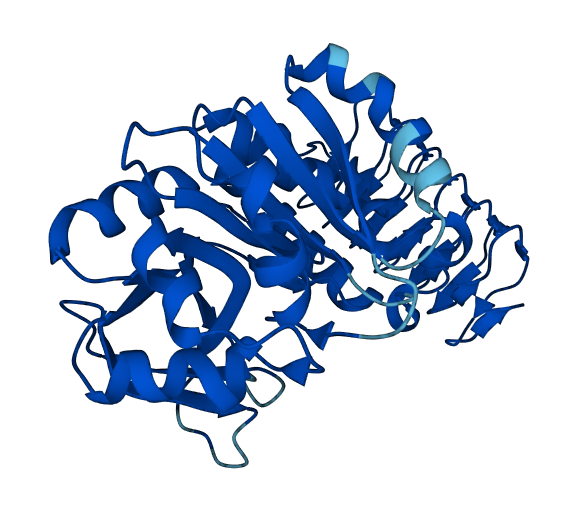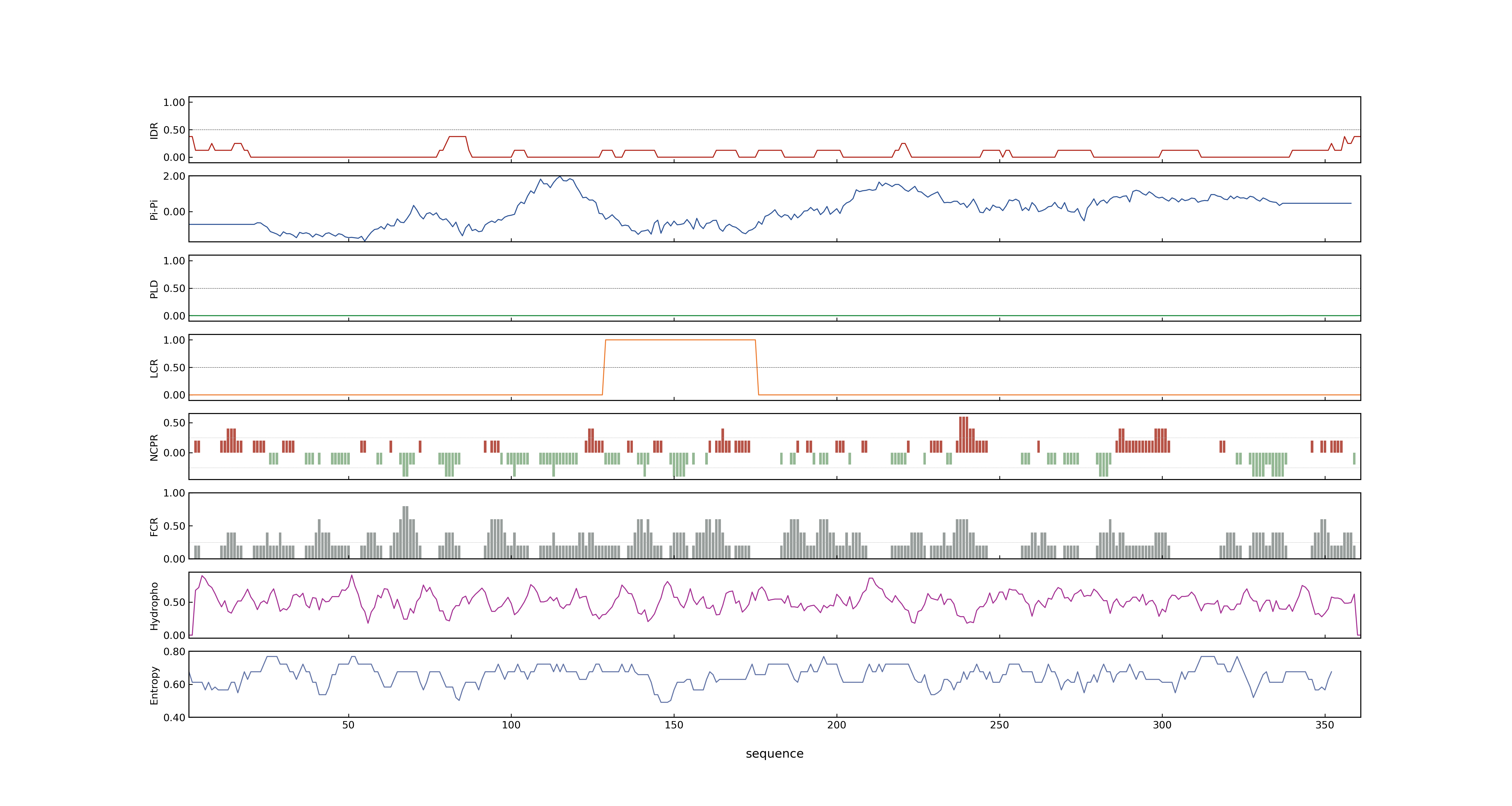- Information
- Symbol: OsMPG1,OsVTC1-1
- MSU: LOC_Os01g62840
- RAPdb: Os01g0847200
- PSP score
- LOC_Os01g62840.1: 0.0074
- PLAAC score
- LOC_Os01g62840.1: 0
- pLDDT score
- 95.94
- Protein Structure from AlphaFold and UniProt
- MolPhase score
- LOC_Os01g62840.1: 0.00052479
- MolPhase Result
- Publication
- Functional screening of cDNA library from a salt tolerant rice genotype Pokkali identifies mannose-1-phosphate guanyl transferase gene OsMPG1 as a key member of salinity stress response, 2012, Plant Mol Biol.
- Rice GDP-mannose pyrophosphorylase OsVTC1-1 and OsVTC1-3 play different roles in ascorbic acid synthesis., 2015, Plant Mol Biol.
- Knocking Down the Expression of GMPase Gene OsVTC1-1 Decreases Salt Tolerance of Rice at Seedling and Reproductive Stages, 2016, PLoS One.
-
Genbank accession number
- Key message
- Functional screening of cDNA library from a salt tolerant rice genotype Pokkali identifies mannose-1-phosphate guanyl transferase gene (OsMPG1) as a key member of salinity stress response
- These MPG genes showed differential expression under various abiotic stresses with two genes (OsMPG1 and 3) showing high induction in response to multiple stresses
- Functional validation of OsMPG1 carried out by overexpression in the transgenic tobacco revealed its involvement in enhancing salinity stress tolerance
- Analysis of rice microarray data indicated higher expression levels for OsMPG1 in specific tissues such as roots, leaves, shoot apical meristem and different stages of panicle and seed development, thereby indicating its developmental regulation
- Rice GDP-mannose pyrophosphorylase OsVTC1-1 and OsVTC1-3 play different roles in ascorbic acid synthesis.
- Intriguingly, grain yield of OsVTC1-1 RNAi rice was also significantly reduced under salt stress, indicating that OsVTC1-1 plays an important role in salt tolerance of rice at both seedling and reproductive stages
- Knocking Down the Expression of GMPase Gene OsVTC1-1 Decreases Salt Tolerance of Rice at Seedling and Reproductive Stages
- Studies have shown that heterologous expression of rice GMPase OsVTC1-1 enhanced salt tolerance of tobacco seedlings, but the native role of OsVTC1-1 in salt stress tolerance of rice is unknown
- To illustrate the native function of GMPase in response of rice to salt stress, OsVTC1-1 expression was suppressed using RNAi-mediated gene silencing
- Suppressing OsVTC1-1 expression obviously decreased salt tolerance of rice varieties at vegetative stage
- OsVTC1-1 RNAi rice accumulated more ROS under salt stress, and supplying exogenous ascorbic acid restored salt tolerance of OsVTC1-1 RNAi lines, suggesting that OsVTC1-1 is involved in salt tolerance of rice through the biosynthesis regulation of ascorbic acid
- Altogether, results of present study showed that rice GMPase gene OsVTC1-1 plays a critical role in salt tolerance of rice at both vegetative and reproductive stages through AsA scavenging of excess ROS
- Connection
- OsMPG1~OsVTC1-1, OsVTC1-8, Rice GDP-mannose pyrophosphorylase OsVTC1-1 and OsVTC1-3 play different roles in ascorbic acid synthesis., The rice genome encodes three GMPase homologs OsVTC1-1, OsVTC1-3 and OsVTC1-8, but their roles in AsA synthesis are unclear
- OsMPG1~OsVTC1-1, OsVTC1-8, Rice GDP-mannose pyrophosphorylase OsVTC1-1 and OsVTC1-3 play different roles in ascorbic acid synthesis., The overexpression of OsVTC1-1 or OsVTC1-3 restored the AsA synthesis of vtc1-1 in Arabidopsis, while that of OsVTC1-8 did not, indicating that only OsVTC1-1 and OsVTC1-3 are involved in AsA synthesis in rice
- OsMPG1~OsVTC1-1, OsVTC1-8, Rice GDP-mannose pyrophosphorylase OsVTC1-1 and OsVTC1-3 play different roles in ascorbic acid synthesis., Unlike OsVTC1-1, the expression level of OsVTC1-3 was high in roots and quickly induced by the dark, while the transcription level of OsVTC1-8 did not show obvious changes under constant light or dark treatments
- OsMPG1~OsVTC1-1, OsVTC1-8, Rice GDP-mannose pyrophosphorylase OsVTC1-1 and OsVTC1-3 play different roles in ascorbic acid synthesis., The enzyme activity showed that OsVTC1-1 and OsVTC1-3 had higher GMPase activities than OsVTC1-8 in vitro
Prev Next

